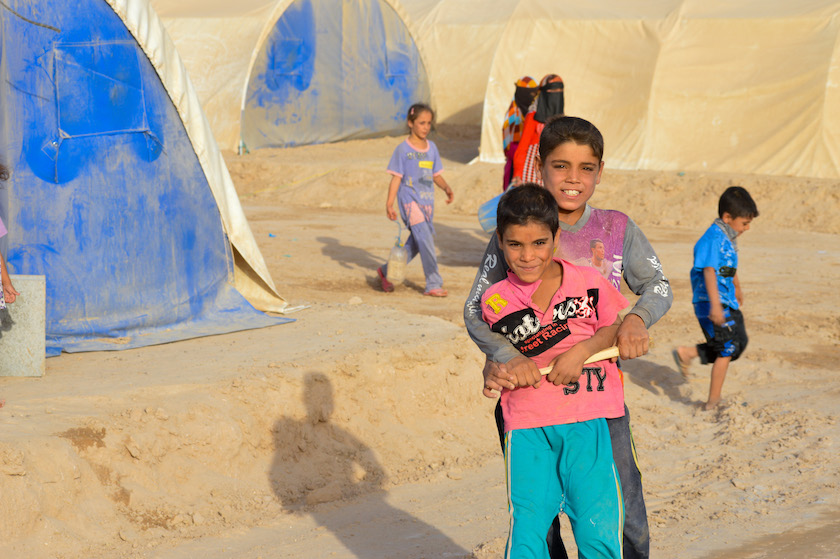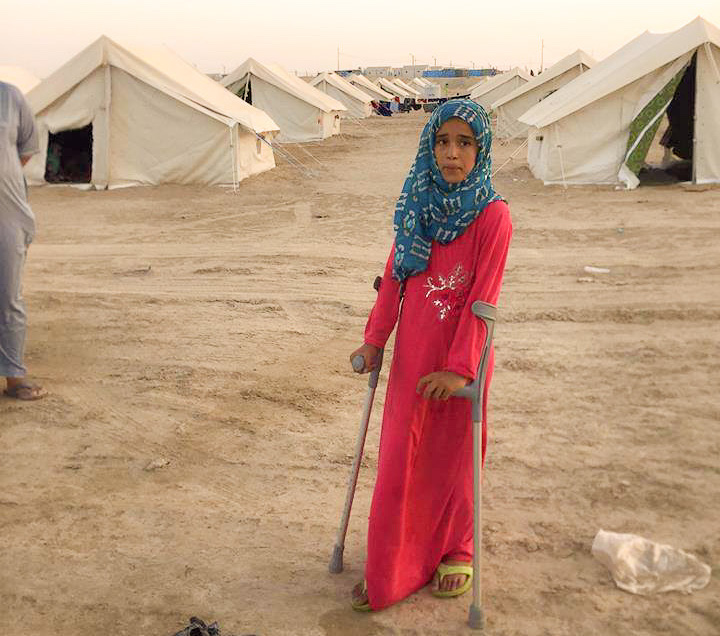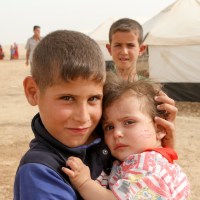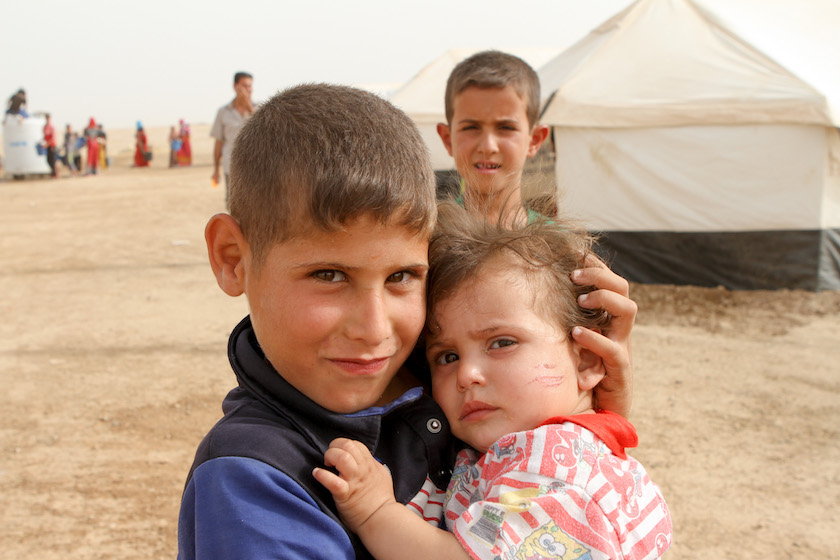President Trump is expected to issue a new executive order on refugees and immigration this week—perhaps as early as today. Here’s what we know, what we don’t know, and how we’ll respond.
1. The White House is said to be writing the new order in direct response to the court rulings that halted enforcement of the previous order.
At a press conference last week, President Trump said, “The new order is going to be very much tailored to what I consider to be a very bad decision [the court rulings].”
In its ruling, the Ninth Circuit Court ruled that states had legal standing to argue that the order constitutes “religious discrimination.” To be clear, the court did not rule that the order is discriminatory, just that it can be challenged on these grounds.
Opponents of the original ban argue that it is discriminatory because it targeted seven Muslim-majority nations and contained a provision to only allow exemptions for religious minorities from these countries. This effectively meant that the only people definitively blocked from entering the U.S. were all Muslim.
It’s unclear at this point how the White House will adjust the new order in light of the court’s ruling, but a couple possibilities have emerged in recent days…
2. The new order will likely target the same countries as before.
According to the Wall Street Journal, a State Department memo circulated last week suggesting that the new order will impose a temporary travel ban on the same seven Muslim-majority countries: Iran, Iraq, Syria, Yemen, Somalia, Sudan, and Libya.
If that is the case, one way the Trump administration could try to get around the court ruling—and prevent new legal challenges—is to eliminate the possibility of exemption for religious minorities, meaning that everyone from these seven countries would be blocked from entering the U.S., regardless of their religion.
At his press conference last week, President Trump vaguely hinted that the new order would do “in some ways, more” than the previous order. Eliminating exemptions for religious minorities may head off challenges on the basis of religious discrimination by making the new ban more stringent than the previous one.

3. We don’t know how the new order will affect green card holders, legal permanent residents, and those who have permission (or were seeking permission) to enter the U.S.

The first executive order put the legal status of thousands in limbo—including those with previously approved non-immigrant visas (like our friends Hala and her son Mousa).
The new order could also impact people looking to visit the U.S. for medical care, like Samir, who would have to apply for exemptions.
According to several reports, green card holders are likely to be excluded from the new order. However, it’s speculated that anyone without permanent visas or green cards will be included in the new ban.
4. There are conflicting reports on how Syrian refugees will be affected. But either way, a lot fewer refugees are likely to reach the U.S.
Many expect the new order to include a 120-day ban on refugees, in line with the previous order. But it’s unclear if there will be further-reaching implications for Syrian refugees.
The previous order included an indefinite ban on Syrian refugees. A State Department source suggested this would be dropped from the new order, but White House sources disputed that claim.
Either way, the total number of refugees admitted to the U.S. is likely to decrease. The original order lowered the 2017 cap from 110,000 (as planned by the Obama administration) to 50,000. Approximately 35,000 refugees have settled in the U.S. so far this year, so if that piece of the ban remains only 15,000 more would be allowed into the country for the rest of 2017.

5. The ban doesn’t change our response. No matter what happens in Washington, we’ll keep showing up for refugees.
If they can’t cross our border, we’ll keep crossing theirs—with life-saving food, water, and medical care. With jobs and income and the support they need to rebuild their lives, right where they are.
For nearly a decade, we’ve shown up for families affected by conflict in the Middle East. And that won’t change. We’re still serving on the front lines of Mosul. We’re feeding thousands of displaced families from Aleppo every day. We’re helping Syrian refugees start new businesses so they can flourish, rather than just survive.
Loving refugees doesn’t require a certain party affiliation. It doesn’t require us to vote a certain way. But it does demand that we show up, together—that we step across “enemy” lines and choose to love anyway.
Courtney Christenson contributed to this post.


